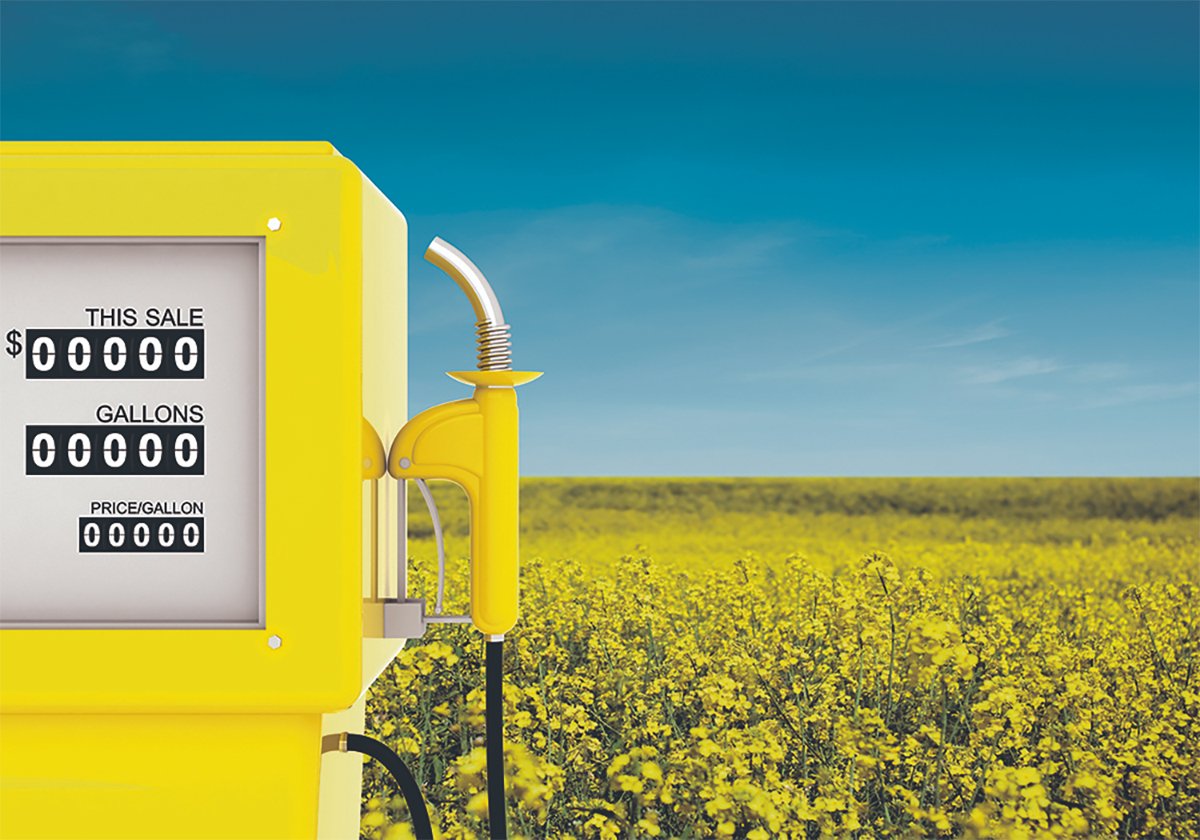WINNIPEG — Variable conditions across Manitoba and Saskatchewan have made it difficult to estimate winter cereal acreage, the head of an industry group says.
But crops that are in the ground have seen mostly favourable weather.
Jake Davidson, executive director of Winter Cereals Canada Inc., said he’s waiting for data from Statistics Canada due Dec. 6 to get a better sense of fall rye and winter wheat acres.
“I don’t know whether to get excited or not,” Davidson said. “Our biggest problem this year was it was so wet.
Read Also

Biofuel sector happy with federal budget
Advanced Biofuels Canada says new Biofuel Production Incentive is a lifeline until CFR amendments are in place.
“There are so many places where it was too wet to get the crop in and they couldn’t get the canola off.”
Seeding progress is also dependant on soil type, and areas like Carberry, Man., have had fewer issues due to sandy soil.
However, the winter wheat and fall rye that is planted should be off to a good start, Davidson said, because temperatures are dropping slowly.
“We’re just kind of sitting around waiting for the numbers to see whether it’s better than we think,” Davidson said.
Last year, farmers in Manitoba and Saskatchewan seeded about 435,000 acres of winter wheat and about 235,000 acres of fall rye.














